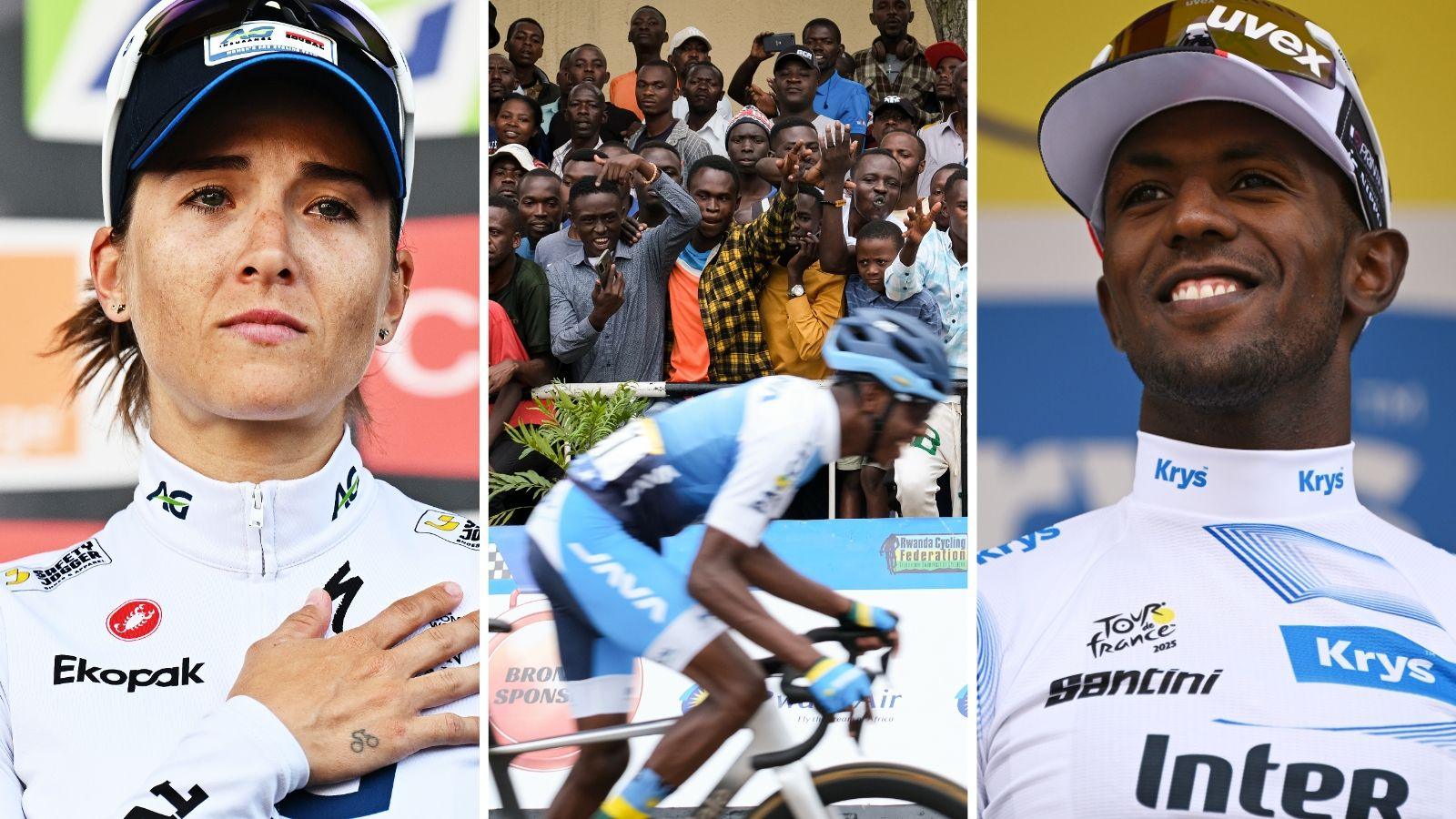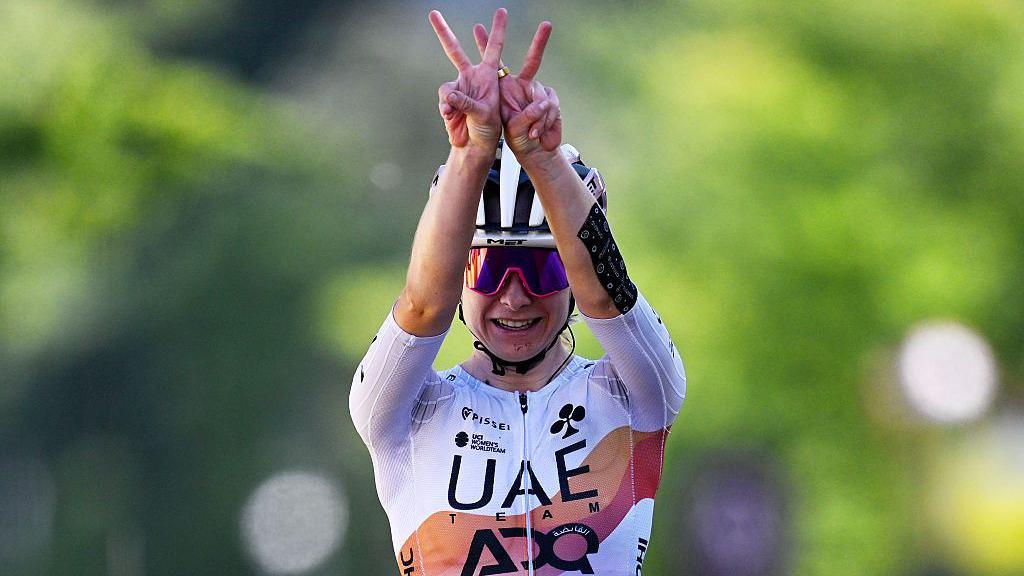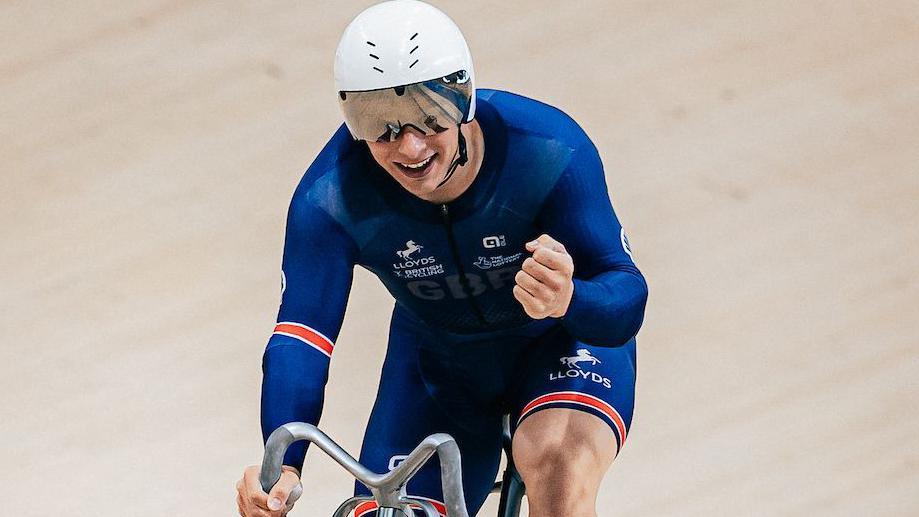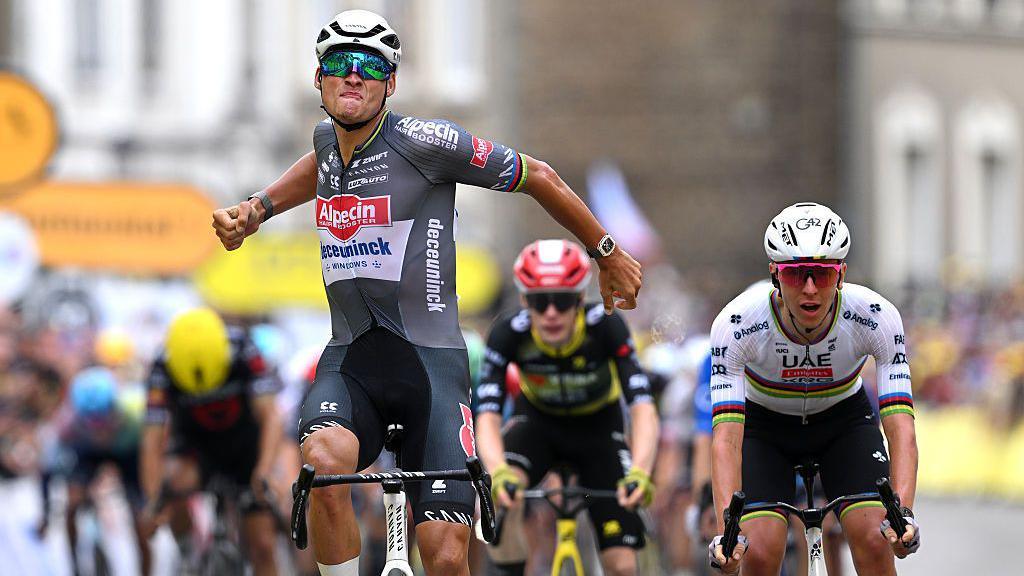Decoding the Prestigious Jerseys of the Tour de France: A Cyclist's Ultimate Guide
Explore the significance of the iconic jerseys at the Tour de France, including the yellow, green, polka-dot, and white jerseys, and their roles in cycling's most prestigious race.


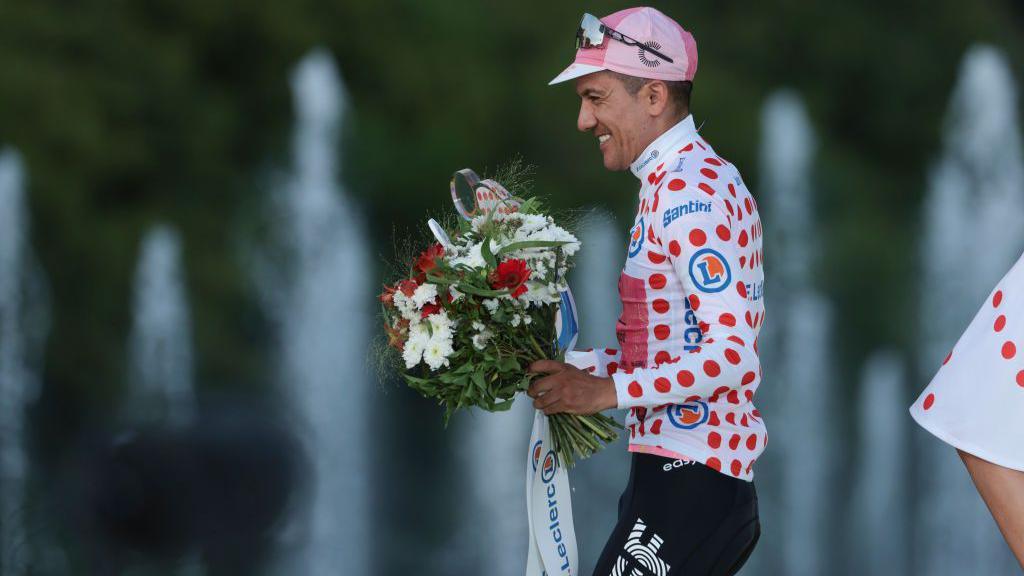

The Tour de France, cycling's most prestigious event, is not just a test of endurance and strategy but also a vibrant display of colors symbolizing different achievements. Here’s an in-depth look at what each jersey represents:
Yellow Jersey (Maillot Jaune)
The yellow jersey is the most coveted, awarded to the rider with the lowest cumulative time. Originating from the yellow paper of the race's founding newspaper, 'L'Auto', it symbolizes leadership and excellence. British cyclists like Sir Bradley Wiggins and Chris Froome have proudly worn this jersey.
Green Jersey (Maillot Vert)
The green jersey celebrates the points classification leader, often a sprinter. Introduced in 1953, it rewards consistency and speed across various stages. Mark Cavendish and Peter Sagan are notable winners, with Biniam Girmay making history as the first black African to win it in 2024.
Polka-Dot Jersey (Maillot à Pois Rouges)
Known as the King of the Mountains jersey, the polka-dot jersey is awarded for the best climber. Points are given based on the difficulty of the climbs, with the toughest ascents offering the most points. Richard Virenque and Richard Carapaz are among the distinguished winners.
White Jersey (Maillot Blanc)
The white jersey is for the best young rider under 26, introduced in 1975. It highlights emerging talent, with riders like Remco Evenepoel and the Yates twins, Adam and Simon, showcasing their potential.
Each jersey not only represents a classification but also tells a story of strategy, perseverance, and triumph in the grueling stages of the Tour de France.












